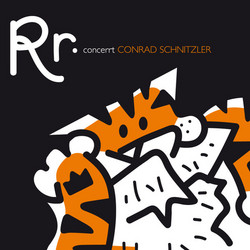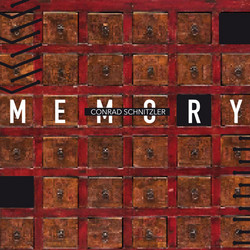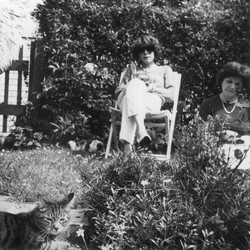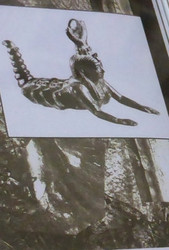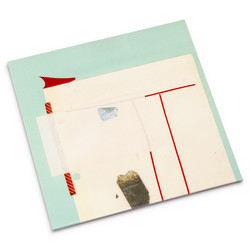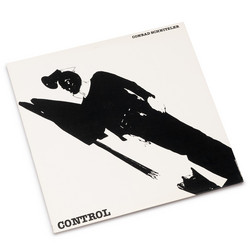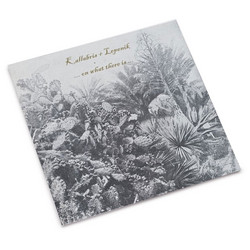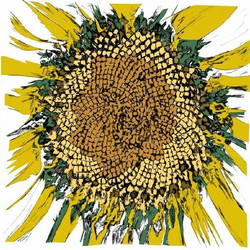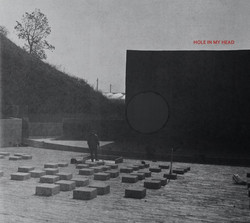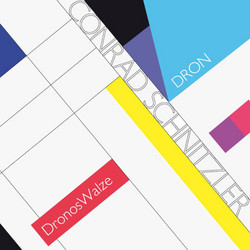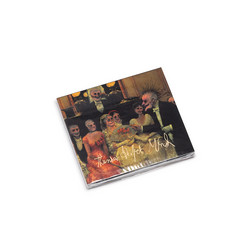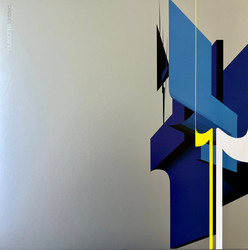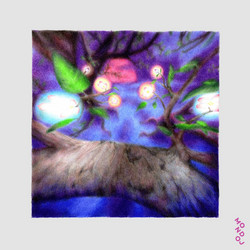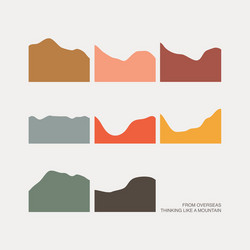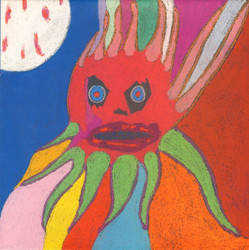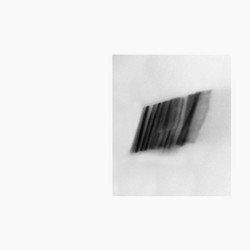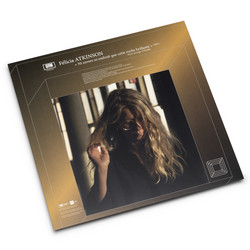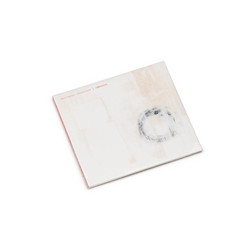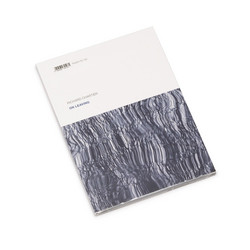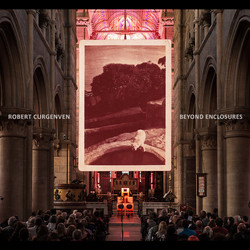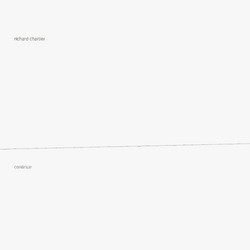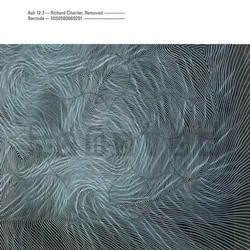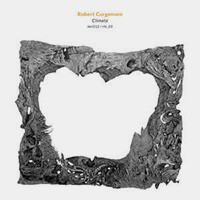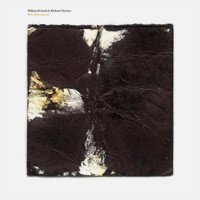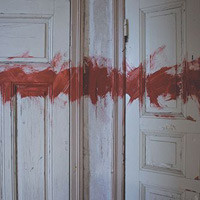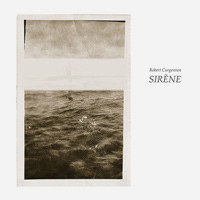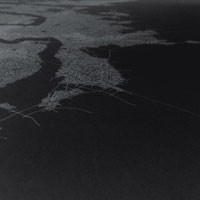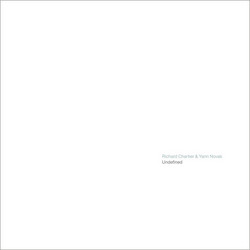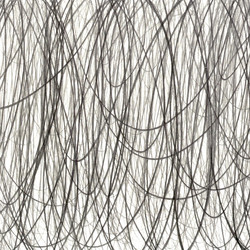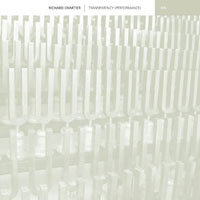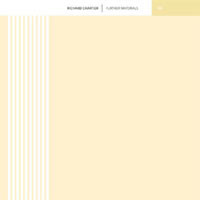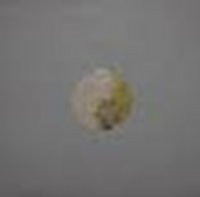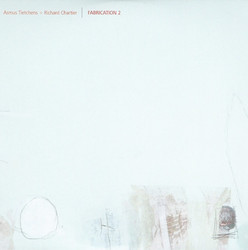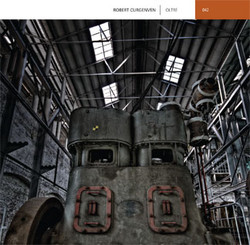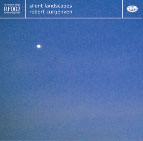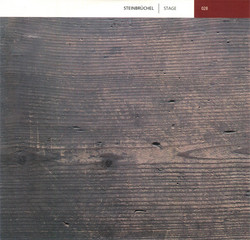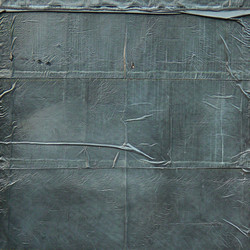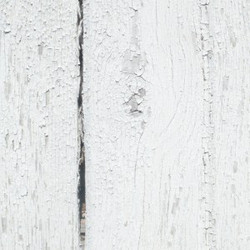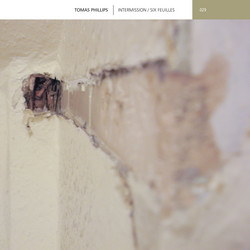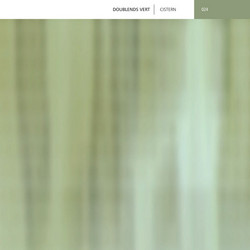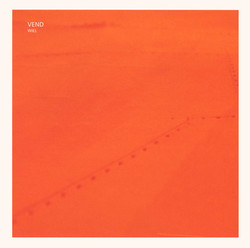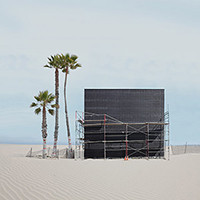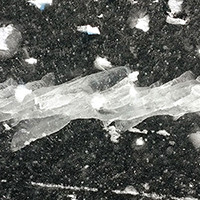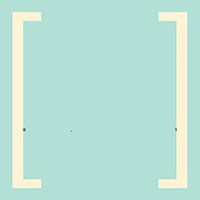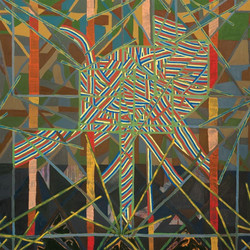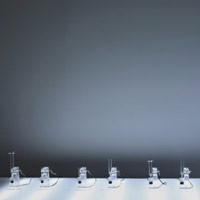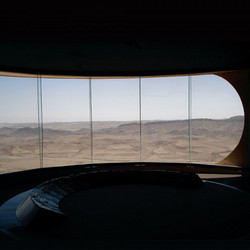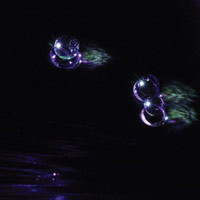The acoustic architecture of Robert Curgenven and Richard Chartier forms a delineation of space built through dismantling the constitution of internal and external. Beyond dividing space, creating a façade or habitable zone, the perceptibility of the surface is turned back in on itself and with it a shift in the ideological and social context of the space. A seamless integration of digital and analogue, a suffusion which creates a mutual modulation, transforming purpose chosen materials—dense, undulating foundations through to stratified filaments and needle-point framework—defining the approach, the entry, the walk-through, the departure.
A colossal yet minimalist soundscape… This is headphone music - true sound-art whose fascinating creative process is too detailed for this tiny column.
(The Washington Post, US)
a visceral, engrossing exploration of “acoustic architecture” schemed by prolific sound artist, collaborator, and Line Records boss, Richard Chartier (US), and sound artist/composer Robert Curgenven (AU/UK). As inferred by the title, Built Through is focussed upon the aesthetics of space and features four pieces stemming from original source material (field recordings, older compositions) which was reprocessed/reworked by the two artists in order to further investigate theirs and our perceptions of the material’s internal and extrenal spatial properties. Using seamlessly integrated analogue and digital techniques they create vividly hollowed-out spaces, stratified arenas of dense, vibrating sub-harmonic foundations suffused with filigree surface textures – from traces of distant traffic to needling, micro-rhythmic disturbances – defining the approach, the entry, the walk-through, the departure. No doubt, that all sounds rather academic, and taken as such, it is. But from a purely aesthetic point of view, their sounds are of an incredibly fine calibre and arranged with such a sense of unfolding, albeit abstract, narrative, that we’re sucked in to near-extreme levels of concentration to focus on the slightest fluctuation, and sent reeling by the presence of such overpoweringly physical bass frequencies. Ultimately, what they’re doing is a super advanced version of what’s happening in the mind/computer/bedroom of nearly every young electronic producer looking to get the most space out of their “mixdown”, and for any followers of current electronic music, design, minimalism, this is a deeply refined and engaging recommendation.
(boomkat.com)

